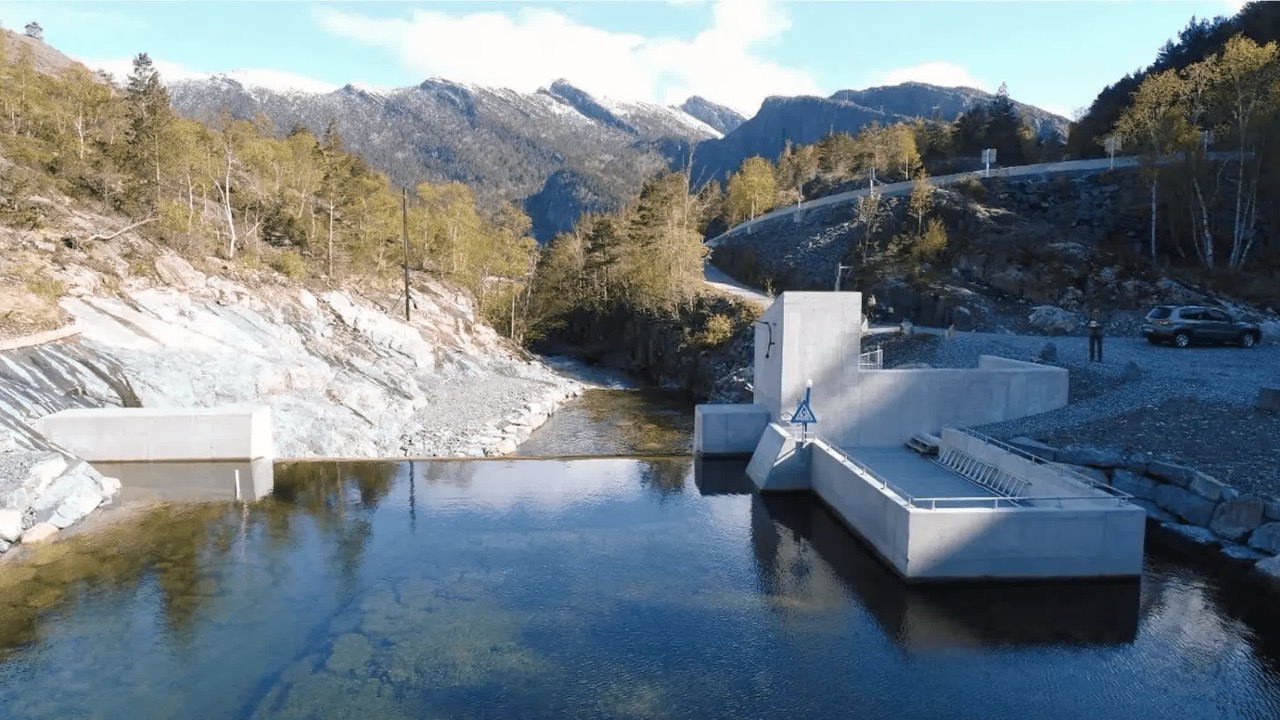Hackers Breach Dam System in Norway and Release Water Remotely

⬤ Norway links dam cyberattack to Russia, marking a rare official attribution of sabotage.
⬤ Hackers triggered a flood of 2 million gallons by remotely opening a valve—no injuries, but serious precedent.
⬤ Experts warn of rising cyber threats to outdated infrastructure across Europe, with potential for large-scale damage.
Norwegian authorities have officially attributed a cyberattack targeting a dam in the city of Bremanger to Russia, raising concerns about potential acts of sabotage against critical infrastructure in Europe. This marks one of the first times such an incident has been publicly confirmed and officially linked to entities associated with a foreign government.
In April, the hackers gained remote access to the dam’s digital control systems, which manage fish-farming operations, and opened one of the valves. According to Reuters, this caused water to flow at a rate of 500 liters per second for four consecutive hours before authorities detected and stopped the breach. Although the incident resulted in a flood estimated at two million gallons of water, no injuries or material damage were reported. It nonetheless represents a serious precedent in terms of gaining access to vital infrastructure such as dams.
Norway’s organized crime unit said the group responsible involved multiple actors connected to prior cyberattacks on Western companies in recent years but did not disclose any names, highlighting the difficulty of assigning precise responsibility in such operations.
Western intelligence officials have warned that this kind of sabotage campaign is becoming increasingly reckless. A growing number of concerning attacks have targeted infrastructure systems, from power grids to critical facilities like dams, where remote interference could lead to major disasters if not properly contained.
Norway is one of the world’s leading energy exporters, primarily of gas and oil, but it is also among the most renewable-energy-dependent nations. The country leads global statistics in electric vehicle adoption and relies heavily on hydropower and wind energy to generate electricity.
The Norwegian case is not unique but part of a troubling trend of unconventional cyberattacks exploiting the fact that many infrastructure projects are connected to networks and built on outdated, poorly secured systems. This makes them easier to breach and potentially more damaging. While none of the incidents in recent years have caused catastrophic outcomes, experts view them as early experiments in tactics that could be deployed on a larger scale in the future, which is exactly what cybersecurity specialists are warning against.






























